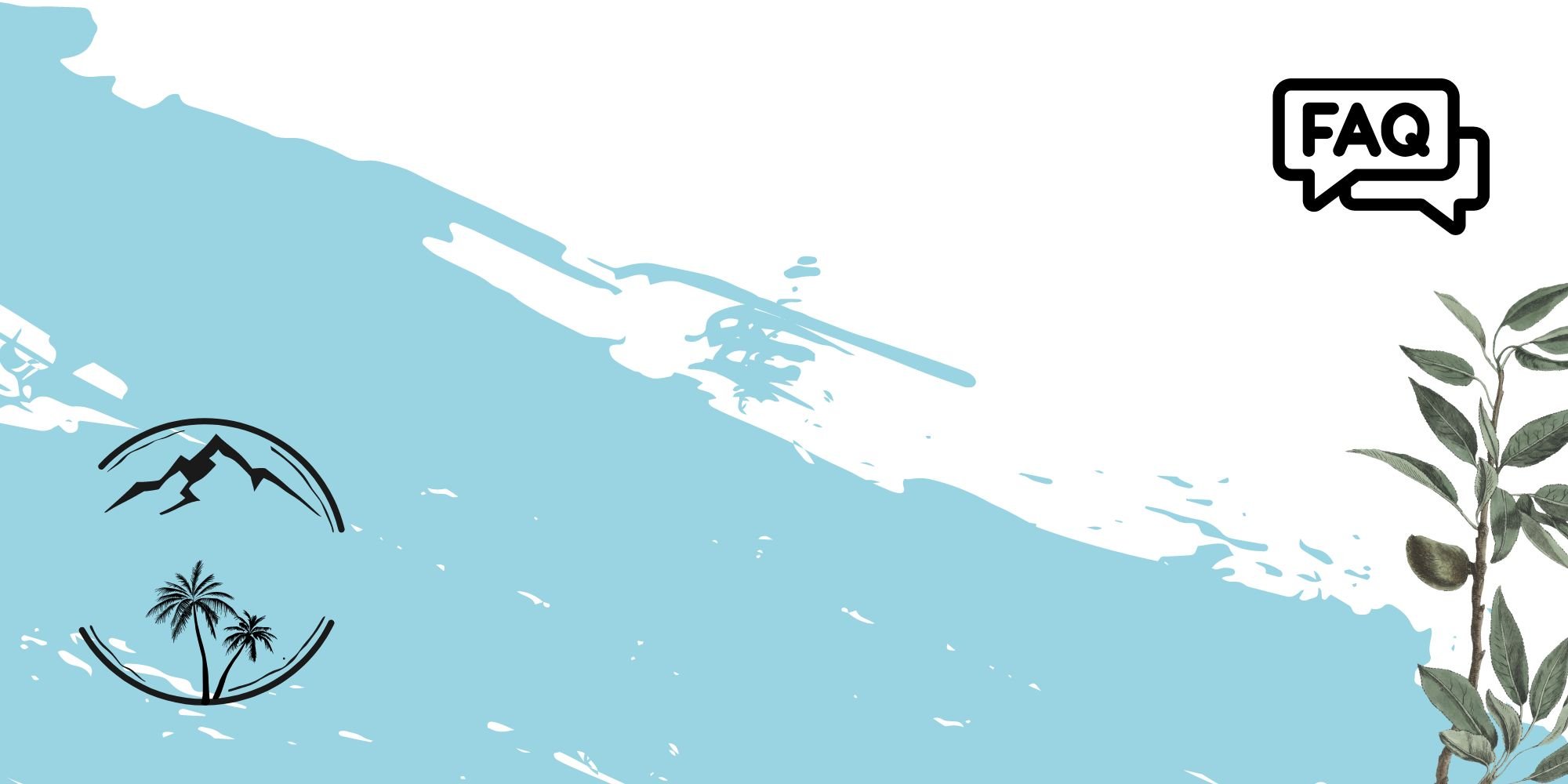How to Start A Travel Blog Without Traveling (5 steps)
Starting a blog is an epic adventure. But I held off for a while, thinking I needed more or better experience. But the truth is, you already have a unique voice and perspective to share.
So here’s how to start a travel blog without traveling.
Let’s get it.
Table of Contents Show
Hey there, just a heads up that some of the links in this post may be affiliate links. That means I earn a small commission. This is at no extra cost to you, but helps me keep the lights on. Thank you for your support!
Why Start A Travel Blog? (the sweet benefits of blogging)
While building my personal blog, I’ve also been solo traveling and pursuing creative goals (such as music).
But nothing beats those slow mornings spent writing in a Tokyo cafe before grabbing some ramen for lunch.
Blogging gives me flexibility, autonomy and a sense of personal pride. But these are just a few of the benefits.
Here are some more amazing perks:
Build an audience
Learn in-demand, modern skills (like SEO, AI and content strategy)
Learn more about your passions and interests
Help people solve their problems
Professional opportunities
Blogging is therapeutic and a form of self development
Connect and network with amazing people
Make (passive) income online
Build something you’re proud of
Travel Blog FAQs
Before jumping into the how part of this post, let’s look at a few FAQs.
How often do travel bloggers travel?
This is hard to answer. Some travel regularly, and some maybe never at all.
It depends on things like a blog’s sub niche, the content, the audience and a blogger’s goals.
Can you realistically run a travel blog without traveling?
Totally!
It may not surprise you, but many (probably most) major blogs outsource their writing.
Oftentimes, the writer that’s hired hasn't actually had any firsthand experience with the topic – it’s just great research and writing skills.
For example, in my work, I’ve seen multiple local travel sites hire writers from all over the world to write on topics and places they may or may not have ever visited before.
So, eventually adding some personal experiences would be great, but being a travel blogger doesn’t mean you need to be constantly on the road to be making content.
Are travel blogs profitable?
For sure.
Any blog can be profitable (if you pull the right levels and have the right strategy), but this is especially true for the travel niche.
You can monetize in a myriad of ways, such as:
Affiliate revenue
Partnerships
Selling digital products (like travel guides or cheat sheets)
and so on…
Isn’t the travel niche too saturated?
You may be asking yourself if it’s too hard to start a travel blog. But growing a blog in any niche requires work.
There are less saturated markets, true, but they still require focus and commitment.
So while the travel market in general is saturated, that doesn’t mean there isn’t opportunity to be found.
You just need to know where to look.
This is actually the whole focus of step one in the next section (finding a unicorn travel niche).
So on that point, let’s keep going.
How to Start A Travel Blog In 5 Steps (without traveling)
This is how I would start a travel blog from scratch.
The steps below follow the exact process I used (and continue to use) to grow my current blog.
1. Find A Unicorn Travel Niche
Down the research rabbit hole we go.
We need to find a sub niche within the travel niche where there’s opportunity. This means there’s a good amount of interest from people, but it’s low competition.
Every niche will have endless sub niches to expand upon, so rest assured there’s a good option out there for you.
Here are a few ideas:
Armchair traveling
Sustainable traveling
Healthy travel
Traveling with pets or kids
Historical or cultural travel
Multigenerational travel
Special interest traveling
Yoga retreats, music festivals, snowboarding camps, etc.
Traveling for (insert specific group)
…for seniors, for surfers, for concerts, for education, for introverts, etc.
Hyper-local travel
Specific or uncommon locations (such as small towns or hidden gems)
You can also leverage AI tools like ChatGPT to brainstorm more ideas.
But don’t worry too much if you don’t have it all figured out from the start.
You’ll naturally uncover more topics and which ones perform better as you write and research in the coming months.
2. Find Ways to Write About Travel (without traveling)
We need to write about travel (without traveling).
So we need a little brainstorming and creativity here.
Although one best ways to stand out is through your unique experiences, there are a myriad of subtopics and strategies to explore.
You can no doubt find a way to write about travel without jet setting across the world.
Here’s a visual of some ways to approach the topic.
As your blog grows, you can reinvest back into it by outsourcing tasks like writing, research and even travel.
But in the beginning, just focus on learning about your audience and your chosen sub niche (and how you can help solve their pain points and questions).
Focus on ways to either:
Make the content better
Offer new insights
Create more unique content
Recommended: Social Blogging + How to Do It
3. Find 100 Topics (+ 25 free keywords)
Publishing 100 blog posts is one of the first major milestones in a blogger’s journey.
So this step prepares you for that moment.
Once you’ve dialed in on your blog niche, it’s time to expand on it. We need to do keyword research to find blog topics to write about.
These will be related topics and subtopics that your core audience will find valuable.
Let’s use the healthy travel blog theme from above (and feel free to steal this info if you’d like).
I did some light research and found a lot of related keyword opportunities within the healthy travel niche.
I’ve listed them below with their global monthly search volume (MSV) and keyword difficulty (KD; anything below 10 indicates “easy” ranking).
Here are 25 lower-competition topics related to the healthy travel niche.
-
“how to travel with a yoga mat” (50 MSV; 4 KD)
“yoga travel gear” (10 MSV; 7 KD)
“costa rica spiritual retreat” (700 MSV; 8 KD)
“north carolina yoga retreat” (350 MSV; 8 KD)
“travelers wellness app” (250 MSV; 5 KD)
“yoga retreat for beginners” (600 MSV; 5 KD)
“yoga retreat caribbean” (350 MSV; 1 KD)
“adventure retreats” (350 MSV; 6 KD)
“how to stay healthy while traveling” (150 MSV; 13 KD)
“how to stay fit on vacation” (90 MSV; 2 KD)
“food to pack for hotel stay” (40 MSV; 6 KD)
“overeating on vacation” (20 MSV; 1 KD)
“vacation eating” (20 MSV; 5 KD)
“best gym for travelers” (250 MSV; 7 KD)
“backpacking exercises” (40 MSV; 7 KD)
“travel exercise weights” (50 MSV; 5 KD)
“car exercises for long trips” (50 MSV; 5 KD)
“exercise equipment for traveling” (20 MSV; 7 KD)
“how to stay healthy while traveling” (150 MSV; 13 KD)
“can you bring fruit on a plane” (600 MSV; 6 KD)
“road trip snacks non refrigerated” (350 MSV; 4 KD)
“vegan travel destinations” (60 MSV; 6 KD)
“can you bring cookies on a plane” (200 MSV; 7 KD)
“best sandwiches for long flights” (150 MSV; 8 KD)
“best foods to pack for international travel” (100 MSV; 3 KD)
4. Choose Your Website Home
Once you’ve got your blog theme and some blog topics ready to go, it’s time to launch your website.
For me, this is my favorite part. It’s creative and it’s fun.
This is where you’ll test out brand colors, design themes and the overall look of your blog.
Luckily, there are tons of plug-and-play templates to work from, making the whole process quick and intuitive.
You’ve probably heard that WordPress is the best option here – and yes, it is a great choice.
But I’m currently using Squarespace and also having great results.
So ultimately, it’s your choice.
Check out my full guide and review on using Squarespace for blogging after 1 year.
Image source: Squarespace
I have used WordPress before, but I decided to switch to Squarespace for its simplicity and minimalism.
And I’ve had no issues ranking my posts – many of which are sitting in top positions.
For me, ranking comes down to solid keyword and audience research, basic optimization and focusing on content quality.
Although, WordPress does offer more customization and advanced functionality (plus it’s cheaper).
So if you’re more techy, analytical or prefer the full scope of blog and SEO functionality, WordPress is a great choice.
But if you prefer simplicity like me (and don’t mind paying a little extra for it), I recommend Squarespace.
5. Write + Optimize (like a pro)
Your blog’s success hinges on your content quality and how well you optimize it.
But you don’t need to become some marketing guru or writing virtuoso. You just need to get a few things right.
So here’s a short list of how I write and optimize my blogs:
Make things scannable and easy to read (such as adding lists like this)
Check how things look on mobile (*prioritize this)
Design your posts for good UX (user experience)
Use your target keyword in the title, URL and intro
Use blog post templates to outline and write your posts
Be consistent and publish regularly
Create a workflow and build a good blogging habit
Recommended: 6 Ways to Write Blog Posts Faster
BONUS (workflows + mindset)
Blogging success requires realistic timelines, a consistent posting schedule and patience.
This means having the right mindset and using a good workflow.
Mindset development means:
Becoming friends with failure and mistakes
Cultivating a growth mindset
Expecting and embracing change (Google algorithms, niche trends, etc.)
Strengthening your creative thinking skills
Having a learner’s mindset
Staying patient and celebrating the small, micro wins
I’m hardly the first person to say it, but mindset is everything.
Then again, so is having a solid workflow.
Workflows are a productivity hack you can use for better time management and kick-ass life efficiency.
Suffice to say, they’re super helpful for blogging.
Here’s my basic blogging workflow:
Have specific goals to work towards
Break down goals into specific daily actions
Time block your schedule and write daily (I prefer mornings)
Develop a system for researching, writing and publishing posts
Track your progress (for example, using Google Search Console)
If you’re jazzed to start your travel blog (but still want a little more direction), click the button below for my 6-part Blog Mastery series!
Want More? Okay. Here’s More.







